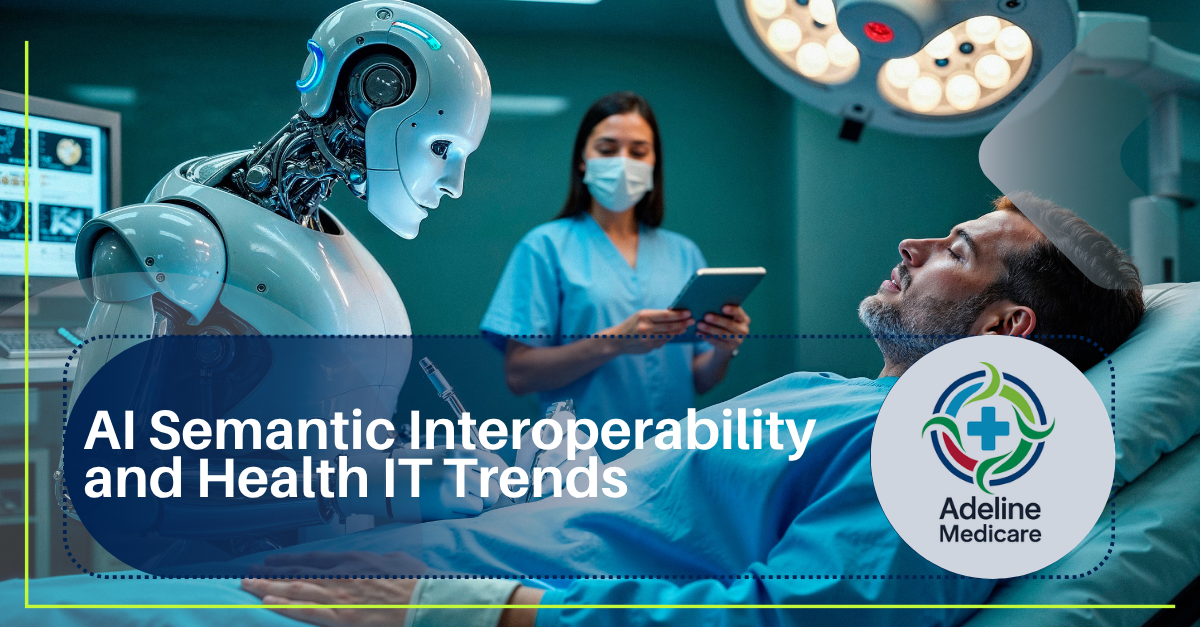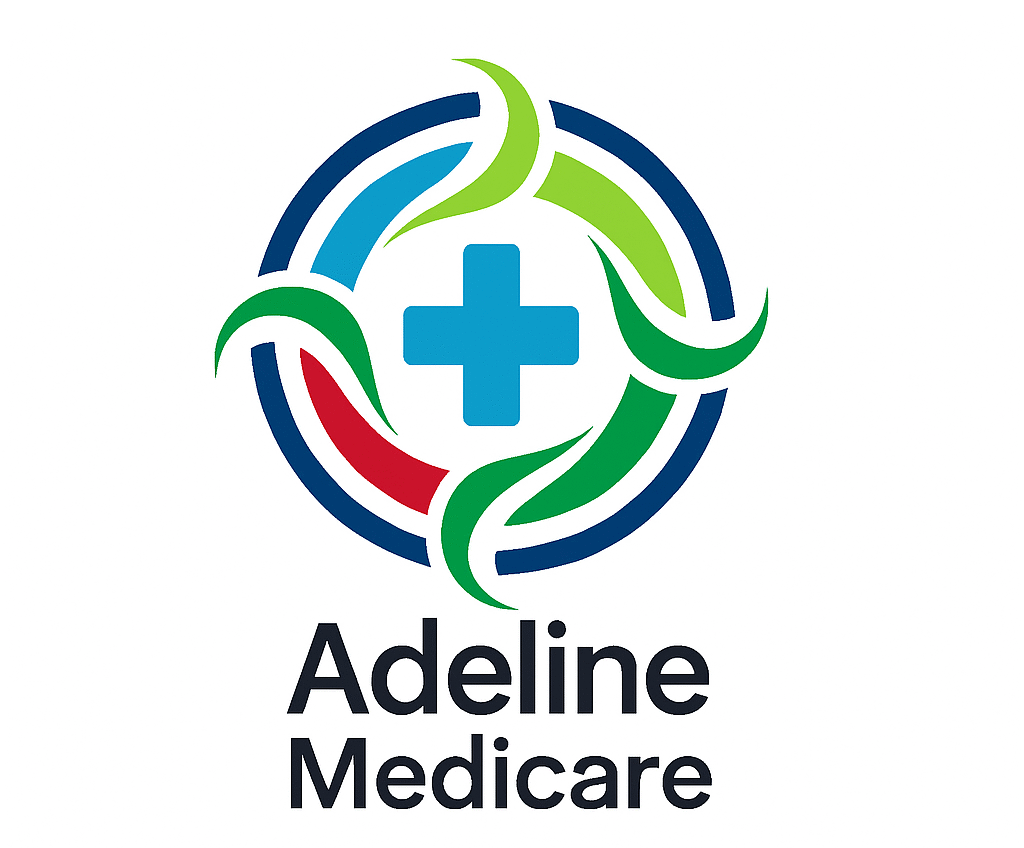
As a medical coder who’s spent over 10 years knee-deep in claim forms, EHRs, and endless code sets, I’ve watched the evolution of healthcare technology firsthand. But nothing, and I mean nothing, has shifted the landscape like the powerful mix of AI and semantic interoperability. While the terms might sound like tech jargon tossed around in boardrooms, they are now shaping the way we code, share, and understand healthcare data across the entire system.
Let’s break this down into digestible insight from the coder’s chair, not the tech executive’s podium.
What Is Semantic Interoperability, Really?
Interoperability isn’t just about one system sending data to another. It is about making sure the meaning of that data stays intact. I’ve seen countless cases where a diagnosis recorded in one system is received by another as a vague or mismatched entry. That happens because traditional systems often focus only on structural interoperability—the ability to transmit data in the right format.
Semantic interoperability takes it further. It ensures that both sender and receiver interpret that data exactly the same way. For example, if a blood glucose level is entered in one EHR, the receiving system knows it’s not just some lab result. It is a fasting glucose, measured in mg/dL, tied to a specific patient context.
Now bring in AI, and you’ve got a real game-changer.
How AI Supercharges Semantic Interoperability
Think of AI as the translator, interpreter, and quality-control analyst of healthcare data. Here’s what it’s doing behind the scenes to help us coders breathe a little easier:
1. Mapping Free Text to Structured Codes
Most clinicians still prefer writing notes in free text. We coders spend hours dissecting those narratives to find billable diagnoses, procedures, or relevant documentation. AI can now parse those free-text entries, extract key entities, and map them to standard vocabularies like ICD, SNOMED CT, or CPT.
Not only does this reduce manual errors, but it also lays the groundwork for interoperability across platforms.
2. Normalizing Data Across Systems
Every health system has its quirks—custom abbreviations, unique lab names, localized procedure codes. AI identifies those variations and maps them to universally accepted standards. This is key when hospitals merge or when data is being shared across states or countries.
3. Improving Clinical Decision Support
Semantic interoperability supported by AI helps EHRs surface contextually relevant alerts, suggestions, and treatment guidelines. When clinical data is meaningfully interpreted, AI can suggest missing diagnoses, flag drug interactions, or even recommend care plans based on standardized datasets.
From a coder’s perspective, this tightens documentation quality and reduces rejected claims downstream.
Health IT Trends Driving This Change
We’re living through a major transformation in healthcare IT. These trends are shaping the way semantic interoperability and AI are being adopted across the board.
1. Migration to API-Based Systems
Legacy systems are slowly being replaced with more agile, modular systems that speak in APIs. HL7’s FHIR (Fast Healthcare Interoperability Resources) is becoming the standard. It is resource-based, easy for developers to use, and built for mobile and cloud-first environments.
This is where semantic tagging becomes essential. FHIR resources are only powerful if their contents are semantically accurate. You can learn more about how FHIR works by visiting the official HL7 FHIR website.
2. Consumer-Driven Health Data
Patients now expect access to their health data, whether it’s on their smartwatch, their mobile app, or through a hospital portal. Semantic interoperability ensures that this data, wherever it originates, is understandable, transferable, and useful across different systems and contexts.
3. AI Becoming Embedded, Not Optional
We are no longer talking about AI in the abstract. AI tools are being baked directly into EHRs, billing software, and documentation systems. Some even assist with real-time coding suggestions as documentation is written.
This tech is not just for researchers. It is for us, the folks validating codes before submission.
Real-World Impact on Medical Coders
This shift is changing our day-to-day responsibilities. Here’s what I’ve personally experienced:
-
More validation, less manual entry. Instead of manually entering codes from scratch, we now spend more time reviewing AI-suggested mappings. Our job is evolving into a QA (quality assurance) role.
-
Involvement in terminology management. We are becoming the go-to people for aligning local dictionaries with standardized vocabularies. Coders are now central to semantic governance teams.
-
Cross-functional collaboration. IT teams are pulling coders into discussions about system upgrades, terminology mapping, and AI training data. Our understanding of context, documentation nuance, and code application is finally being appreciated.
Challenges That Can’t Be Ignored
Of course, it’s not all smooth sailing. Semantic interoperability is hard, especially in the real world.
1. Legacy Data Mess
Some hospitals still rely on decades-old systems with minimal structure and inconsistent terminology. Cleaning up this data is like trying to untangle old Christmas lights. It is slow, frustrating, and full of surprises.
2. Incomplete or Inaccurate Documentation
AI is only as good as the data it learns from. If clinicians are not documenting clearly, or are using abbreviations and shorthand that confuse even humans, AI will struggle to map that meaning accurately.
3. Resistance to Change
Getting buy-in for new workflows, terminology updates, or AI tools is an uphill battle. Clinicians worry about burnout, admins worry about costs, and many just want to stick with what’s familiar.
What’s Next? Trends on the Horizon
The future is coming fast, and based on everything I’m seeing, here’s where we’re headed:
1. Full Lifecycle Interoperability
Soon, we’ll move beyond just EHR-to-EHR exchange. We’ll have full semantic alignment across labs, imaging centers, pharmacies, remote monitoring tools, and even research databases.
2. Self-Learning Coding Systems
AI systems will become more accurate with every encounter they process. Coders will focus on edge cases, exceptions, and policy changes, not the day-to-day grind.
3. Patient-Centered Data Ecosystems
Patients will become active participants in their data lifecycle. They’ll contribute directly from apps, wearables, or surveys. All of it will need to be semantically aligned, codable, and interoperable.
FAQs
Q: Does AI replace medical coders?
Absolutely not. It enhances our role. AI helps with the repetitive tasks, but coding requires context, judgment, and knowledge of payer policy. These are things AI is still learning.
Q: What skills should coders develop to stay relevant?
Start learning about FHIR, standard terminologies, and data governance. Understand how AI models are trained and what data quality really means. Communication skills are also key. Coders are becoming liaisons between clinical, IT, and admin teams.
Q: How can smaller clinics keep up with these trends?
They can partner with vendors who offer scalable, AI-ready platforms with built-in semantic capabilities. The goal isn’t perfection. It is progress. Even modest improvements in structure and standardization go a long way.
Q: Is all this effort worth it?
Definitely. When systems can truly talk to each other, patients get better care, providers make better decisions, and claims move faster. Semantic interoperability isn’t just a tech trend. It is a healthcare imperative.
Final Thoughts
AI and semantic interoperability are not just buzzwords anymore. They are reshaping the healthcare landscape at every level. And from where I sit as a coder, it is about time.
We’ve spent too many years fixing messy documentation, reconciling mismatched codes, and wondering if the system on the other end even understood what we sent. Now, with AI and smarter data exchange, we’re finally getting the tools to make healthcare more accurate, more connected, and more human.
So to my fellow coders: don’t fear the change. Lead it. Our expertise in documentation, coding logic, and terminology is more valuable than ever.
